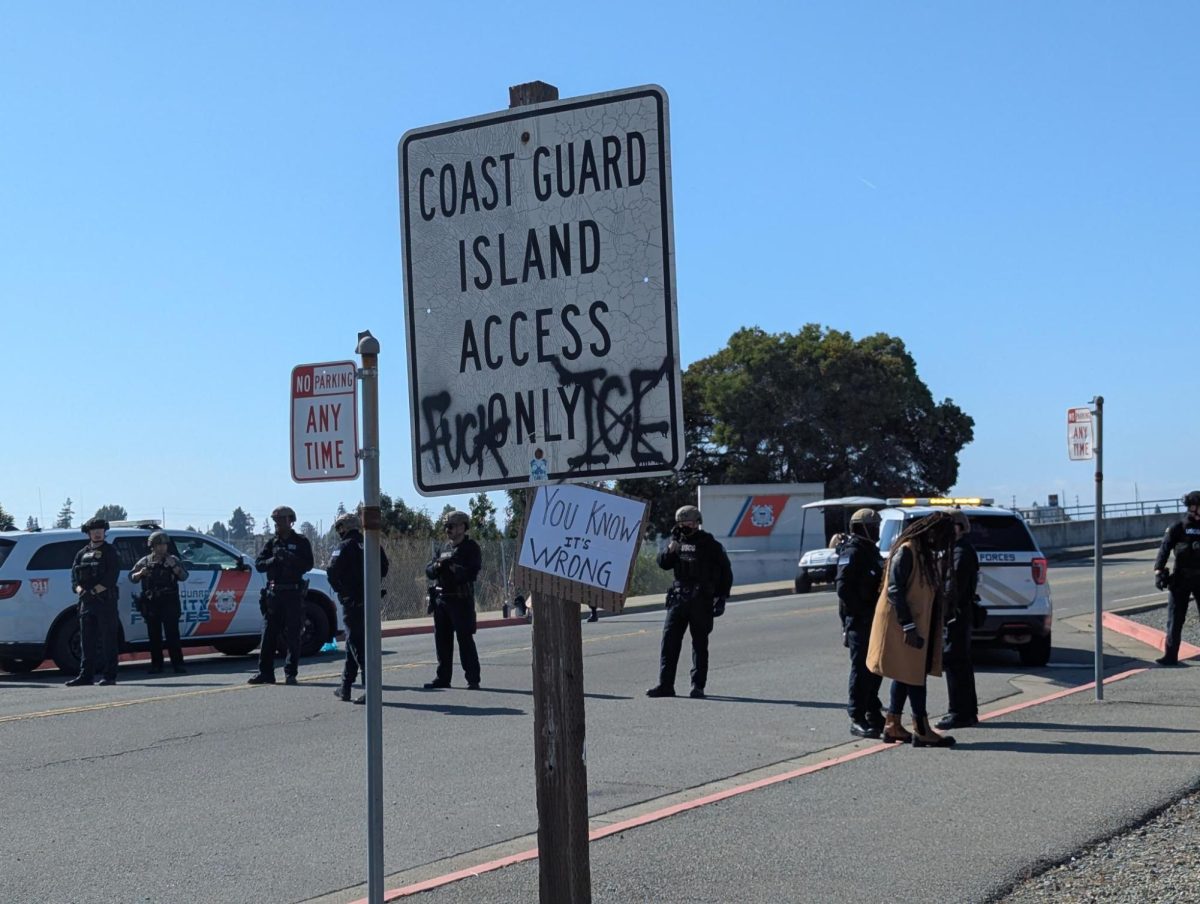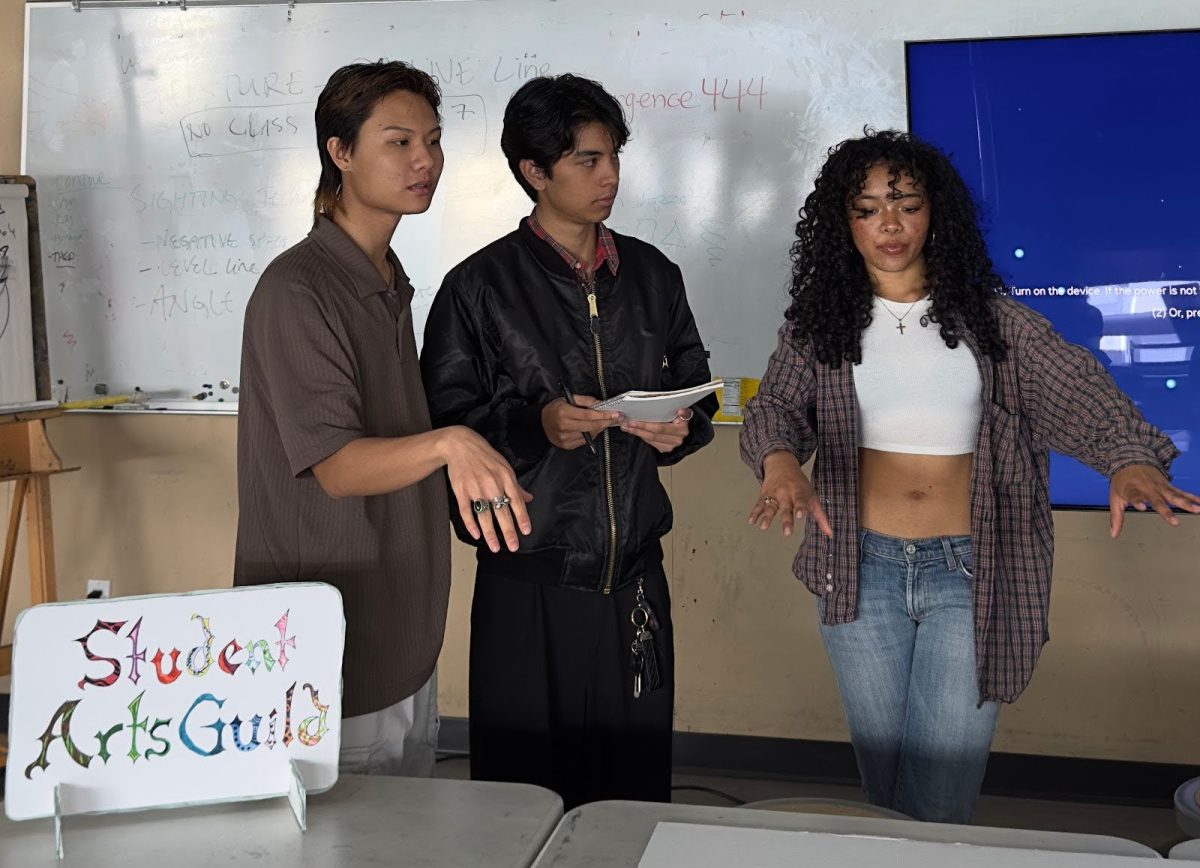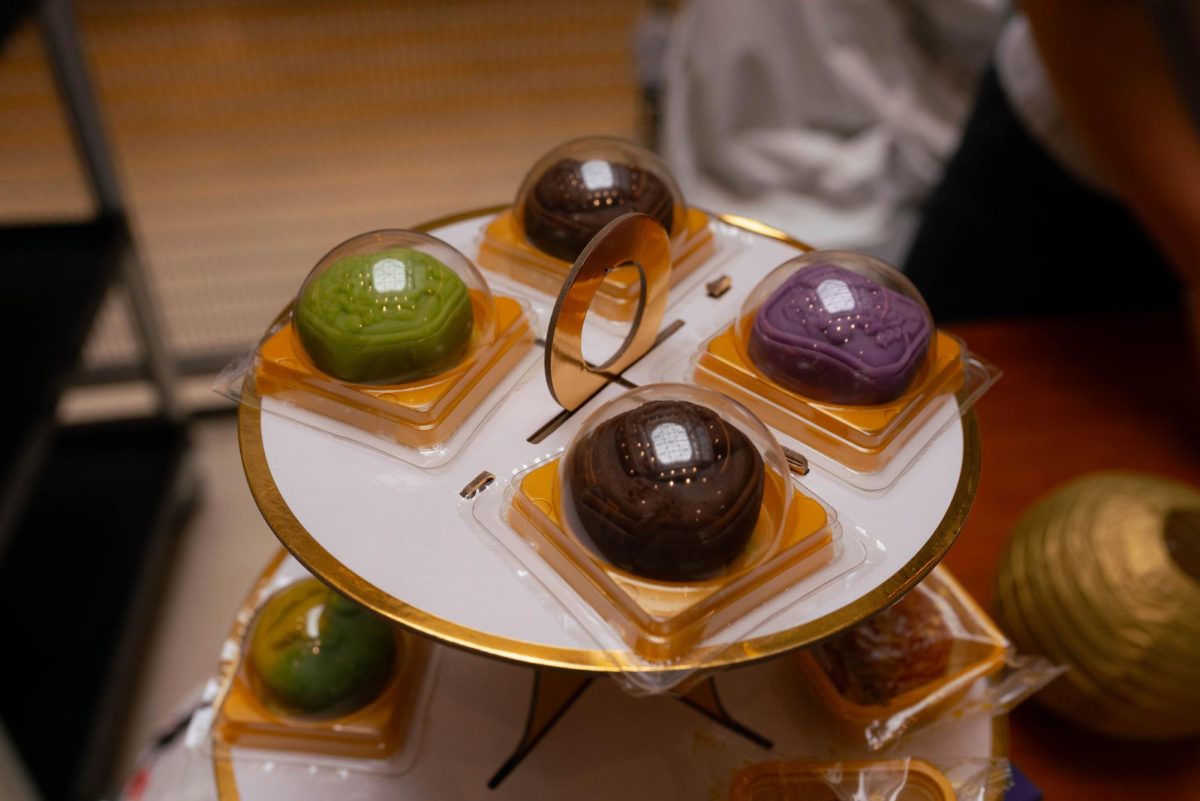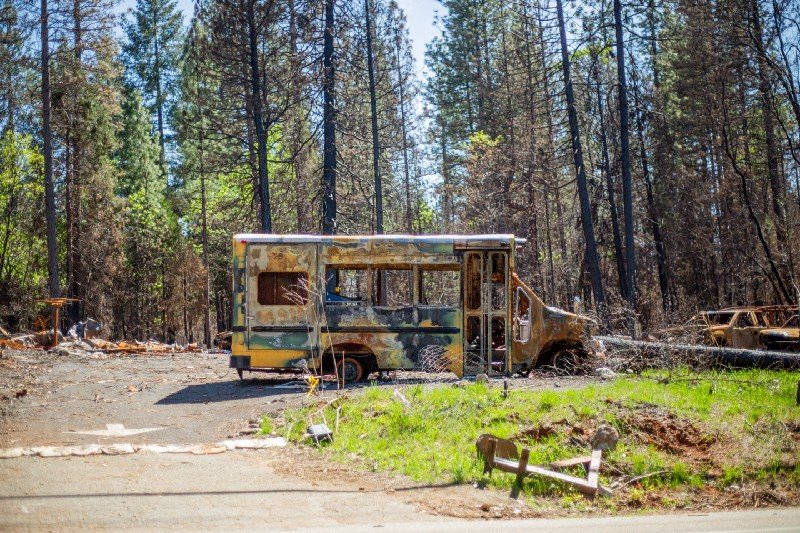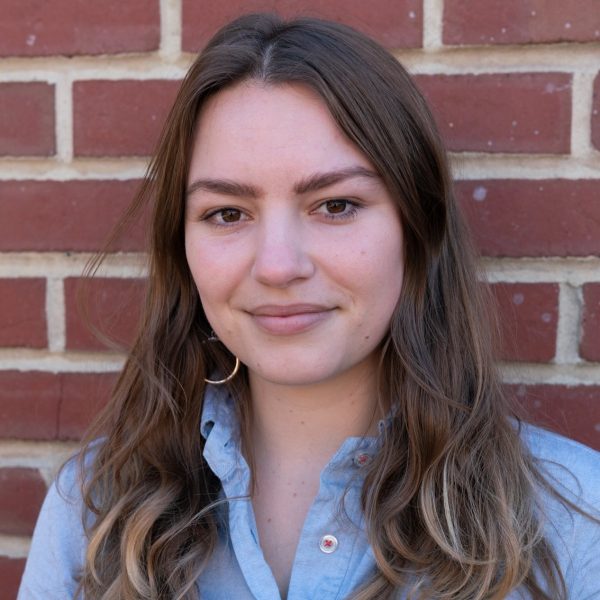Down a dusty road in a field between two California highways in Butte County, a herd of cattle greeted volunteers as they arrived to a small oasis.
Visitors were assailed by a dry breeze similar to the one that had stoked the Camp Fire in November 2018, the deadliest wildfire in California history which destroyed the town of Paradise and its surrounding communities, and claimed 14,000 homes and at least 85 lives.
Volunteers put their things in wheelbarrows and ducked into the driveway of a shaded garden, where organizer and permaculture expert Matthew Trumm buzzed around the camp finishing last-minute preparations.
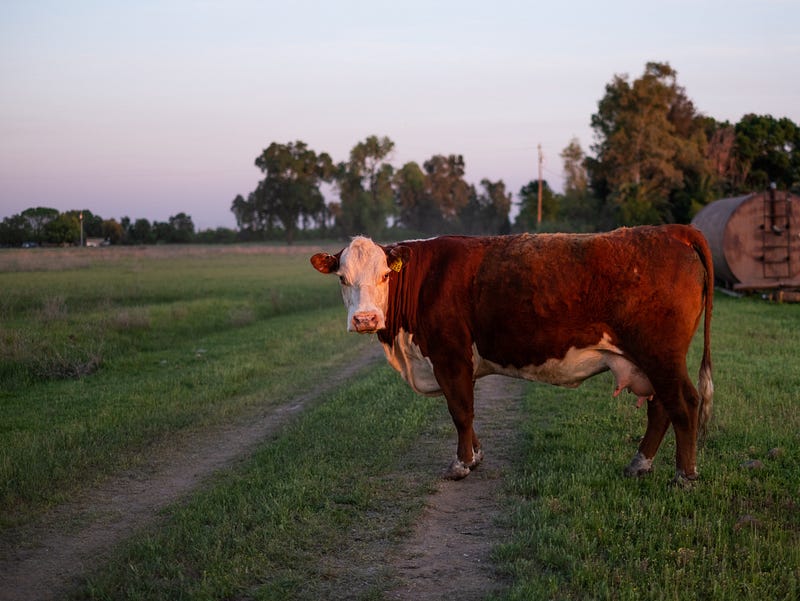
Last November, Trumm was evacuating Camp Fire victims when he suddenly recalled the words of his long-time inspiration John D. Liu, a leader of the ecosystem restoration movement and award-winning filmmaker.
“In this one talk John kept saying, ‘let’s gather around the campfire and restore paradise,’ Trumm said.
Trumm is a long-time fan of Liu, who is known for his documentary films such as Green Gold and Hope in a Changing Climate. Out of sheer coincidence the pair happened to meet in an online forum just a week prior to the Camp Fire.
As Chair of the Advisory Council for the Ecosystem Restoration Camp Foundation, Liu tours the globe to promote the restoration camp model and often refers to planet earth as a “paradise.”
Trumm was evacuating Oroville, when Liu’s words finally sunk in. ”It just hit me, he said, let’s gather around the campfire and restore Paradise.”
Awe-struck, Trumm immediately called Liu, and told him “It has to be here John, the first camp has to happen here in California.”
Liu replied “oh my god, yes this is it, I will support you 100 percent.”
Following the disaster, Trumm sprang into action and created the Camp Fire Restoration Project.
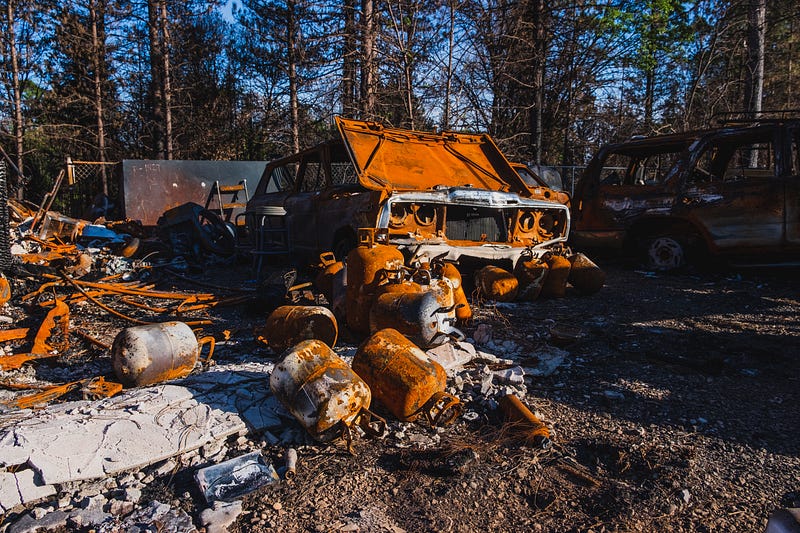
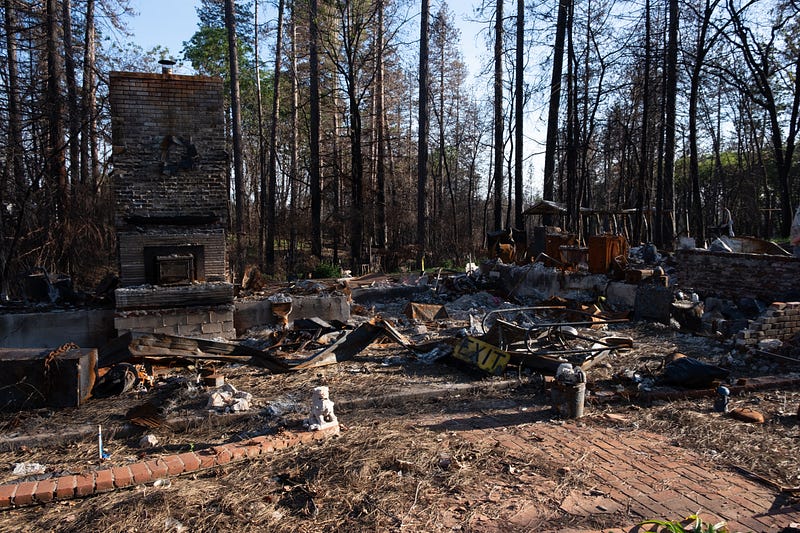
“You’re in the middle of all of this devastation that the kids have to see every single day”
With the daunting task of restoring 240 square miles of land filled with toxic waste, Trumm turned his attention to the public spaces at the heart of the community after a local counselor had proposed to plant a school garden.
“I thought what’s a better place to start the restoration work, than with the kids,” Trumm said.
Pine Ridge Elementary School in Magalia is one of the few surviving structures of the blaze, and is the only school still operating in the heart of the burn zone.
“You’re in the middle of all of this devastation that the kids have to see every single day,” said Pine Ridge Principal Talin Tamzarian, who had recently moved to Paradise and lost her home in the fire.
Together, Trumm and Tamzarian forged a plan to bring new life to the school in one day of action.
In just one month, with Liu’s unwavering support and the help of willing volunteers, Trumm organized the very first ecosystem restoration camp in the United States, which was set to unfold over the weekend of April 27.
The temporary base camp would be held at Andrew and Caroline Hepworth’s Fractal Chicken Farm, a permaculture farm just a 20-minute drive from the affected area.
In the two weeks leading up to the event, a small team of volunteers pulled together to build three composting toilets, an outdoor sink and shower, a padded tent area and a fire ring complete with seating.
“It’s really about the incredible people that just happened to come together,” Trumm said.
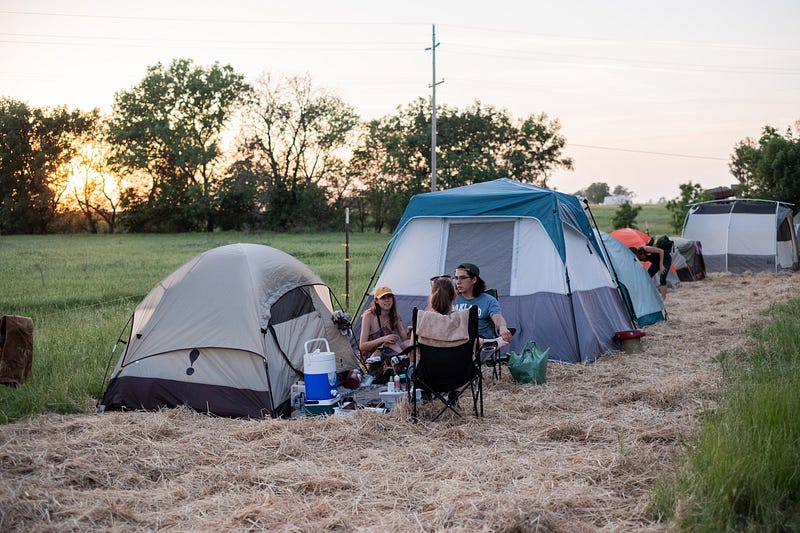
The team was made up of an eclectic group of characters, among them musicians, artisans, builders, and landscapers.
Over 70 volunteers were divided into five groups, each led by skilled builders and gardeners.
Projects included rehabilitation of soil and erosion control, planting an herb garden; construction of a tool shed and fence to protect an existing vegetable garden; destruction of harmful infrastructure such as redwood barriers that were bound with toxic chemicals; and restoration of wheelchair accessibility ramps.
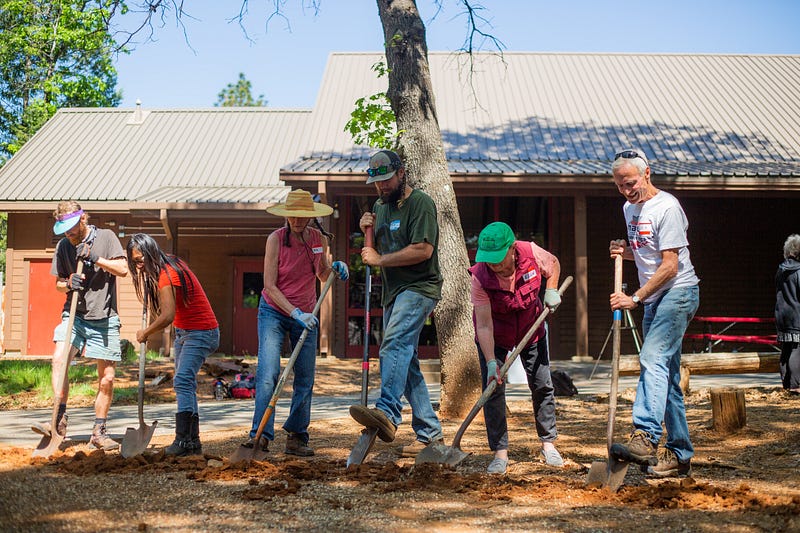
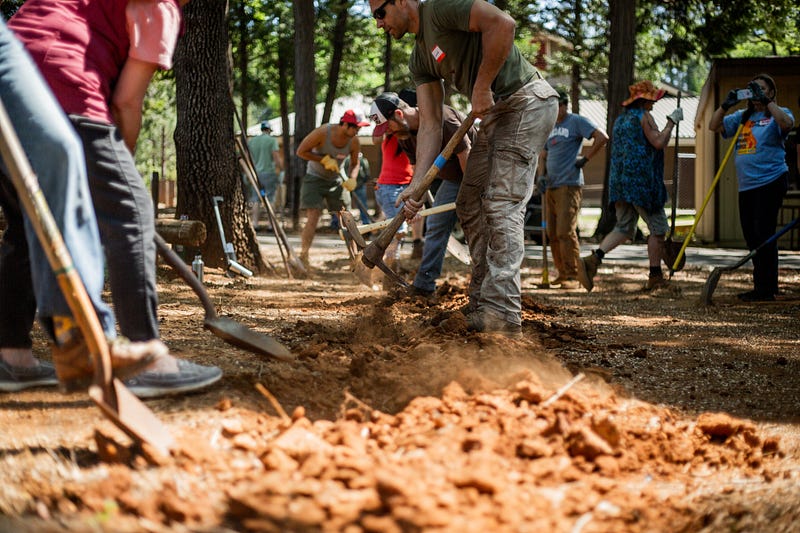
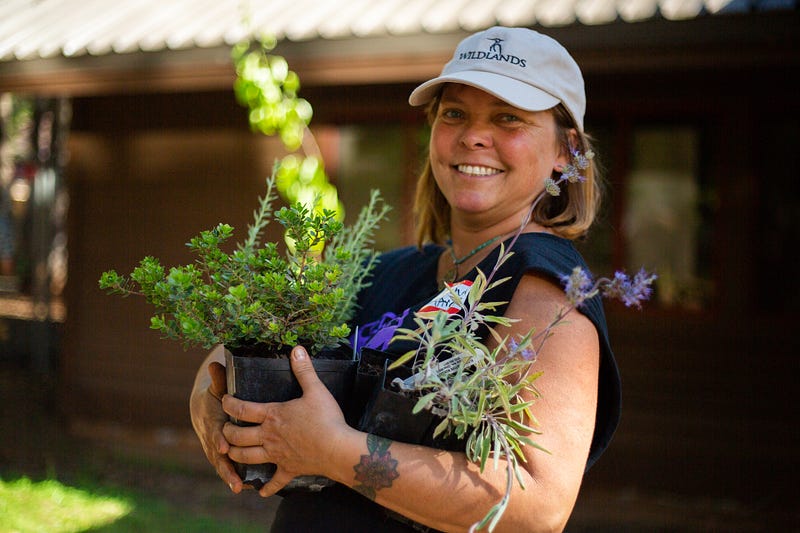
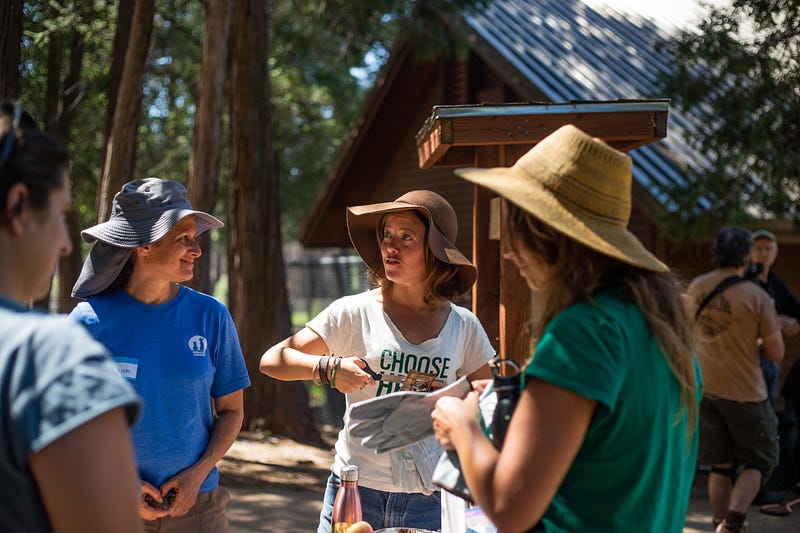
Some participants were victims of the fire who had lost everything to the blaze. Lonnie Randall is a nurse and lived in Paradise with his wife for five years before the Camp Fire tore through their property.
“I think it just has the potential to come back better, we can learn a lot and start things fresh here, I think it could be a really good thing,” Randall said.
Restoration camps are unique in that they aim to be a source of education for sustainable practices. Much of the restoration work relies the use of permaculture, an increasingly popular form of landscape design that replicates natural patterns in order to create self-sufficient ecosystem.
Randall was part of the group that was responsible for erosion control and restoring a patch of dry neglected land between classrooms.
“I’ll try to take some of the things I learn here today and apply them to my property in Paradise when I start working there again,“ he said.
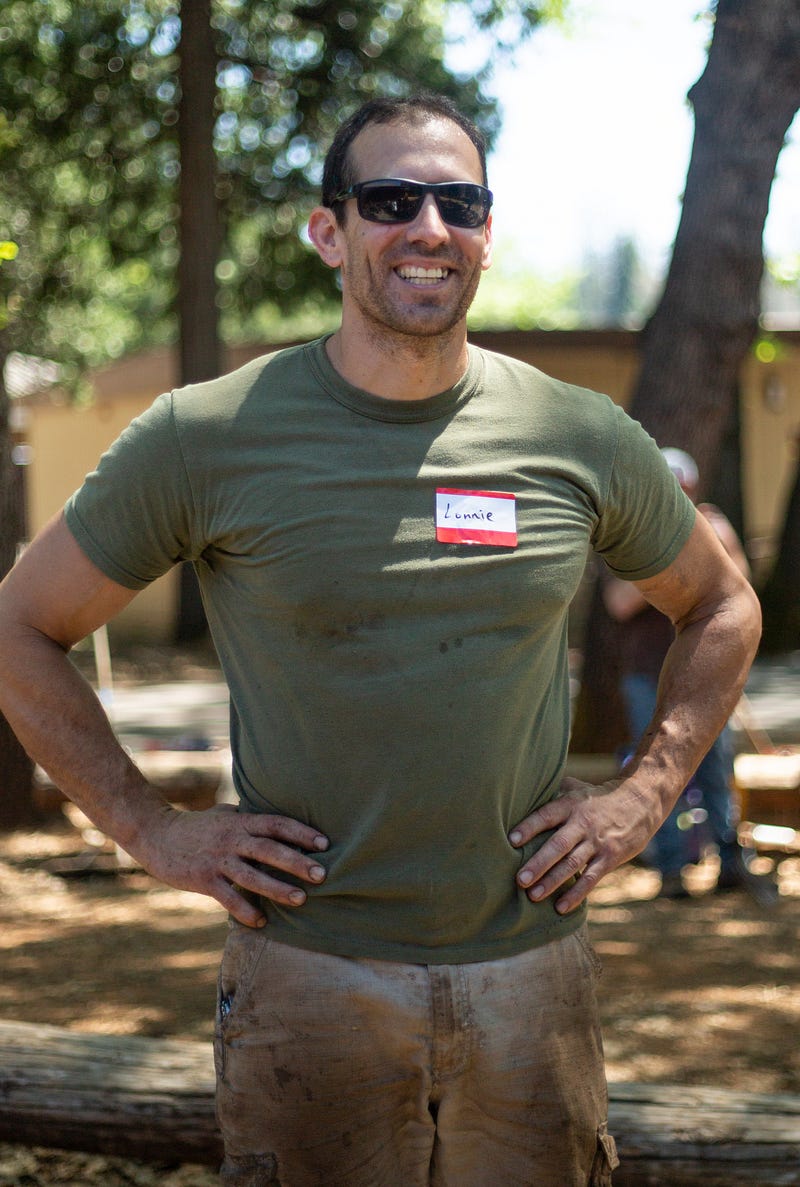
Back at the camp, emotions ran high at times. Those who lost everything to the fire brought many to tears with their gratitude.
While the weekend had started as a rebuilding effort, it quickly evolved into a demonstration in teamwork and community-building. Each night, the cheery group of talented volunteers gathered around the campfire ring under a star-filled sky, as song and laughter filled the air with palpable joy.
“It was far beyond my expectations, it’s the most beautiful group of people I would ever want to meet,” Trumm said.
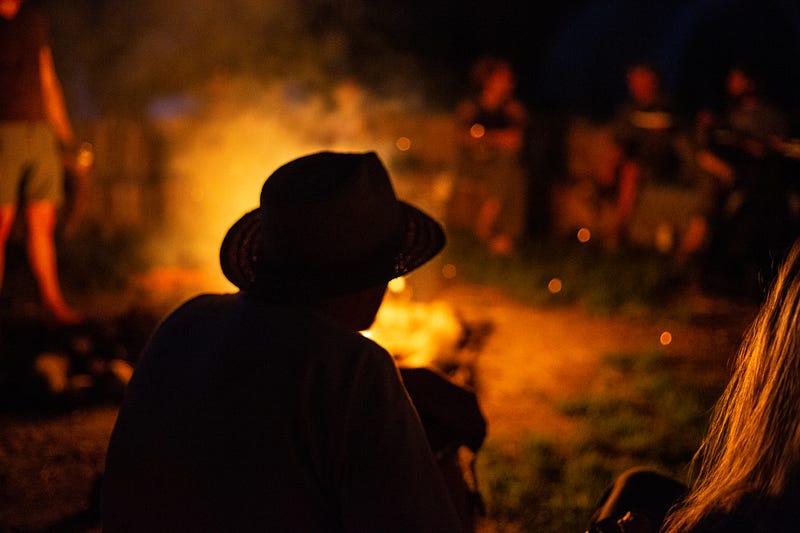
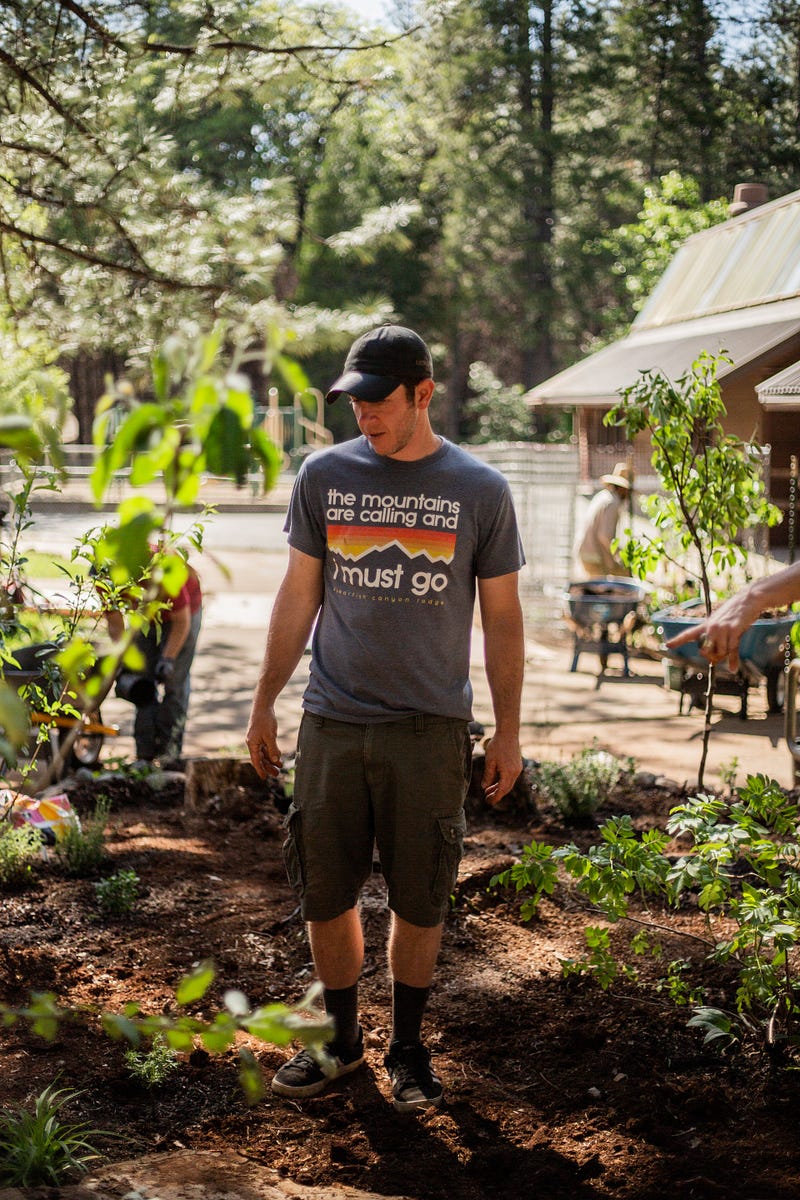
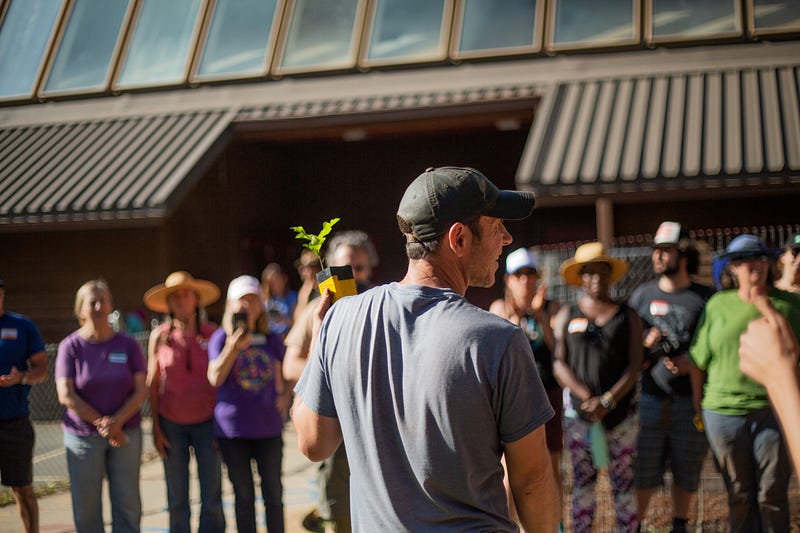
“They’re definitely removing way too many trees. It’s a misunderstanding, and people don’t have that understanding about how natural systems work, so they do what seems to be common sense,”
Despite the incredible success of California’s first eco-restoration camp, Trumm said many challenges lie ahead for the Butte County communities, not the least of which is management and removal of toxic waste.
Since the disaster, PG&E has offered a free tree removal program to remove trees within close range of power lines. Despite PG&E’s legal right to do so, the tree cutting has caused controversy in the area, as the company has removed hundreds of old live trees from the land.
According to Trumm, cutting live trees actually increases the fire risk because trees harbor moisture and create shade, which in turn encourages new growth. Trees should be either left alone or chipped and returned to the land in order to restore the soil, Trumm said.
“They’re definitely removing way too many trees. It’s a misunderstanding, and people don’t have that understanding about how natural systems work, so they do what seems to be common sense,” he said.
Before humans intervened, healthy forests burned regularly as a way to weed out the week trees and naturally fertilize the soil, Trumm said. “We don’t let them burn so when they burn it’s really intense.”
Since the fire, Trumm has been hosting workshops to demonstrate proper practices for mulching trees to use their byproduct for fire prevention, which has to be done before the fire season begins.
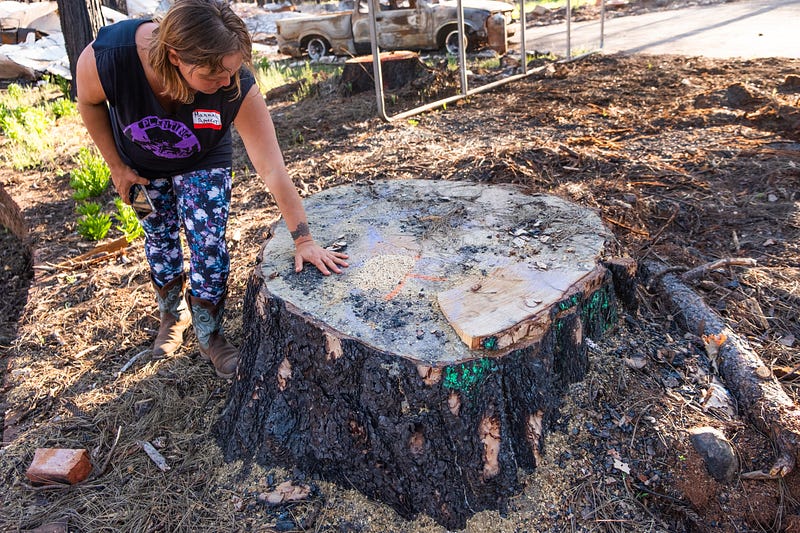
Regardless of the outcome, Trumm believes that it’s important to continue to educate about using permaculture in the rebuilding process and to convince the state government to fund rehabilitation efforts. A challenge also lies in finding a way to establish a long-term camp in the area, which requires both land and financial resources.
To Principal Tamzarian, the efforts to beautify Pine Ridge were a welcome first step in what will be a very long healing process, but she also sees the disaster as a reminder of the threat of climate change.
“We’ve got to change something immediately, because what happened in Paradise is part of the environmental crisis,” she said, “we’d better start thinking or else more and more people are going to be experiencing what these kids and these families have experienced. The future of humanity depends on what we do now.”
Saskia Hatvany is a co-editor and reporter for The Laney Tower, contact her at [email protected]

